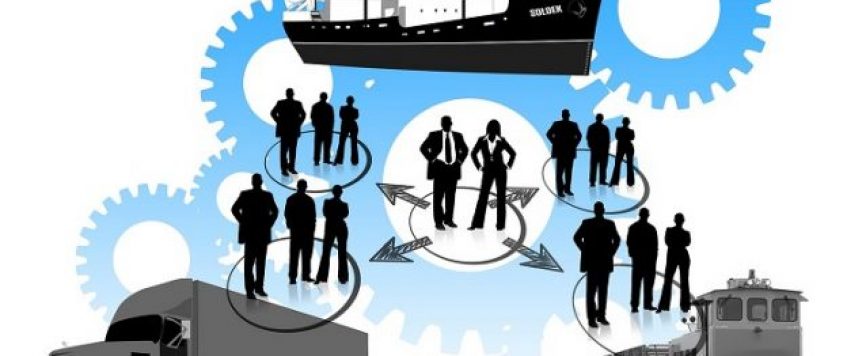-
09
Aug
Intermodal Transportation’s Solution to Evolving Supply Chain Demands
An Examination of Freight Delivery from an Oakland Logistics & Rail Services Firm
One of the top production network patterns affecting the transportation business today is intermodal transportation. In the course of recent years, a limit has been pressed with driver deficiencies, expanded interest, expanded fuel costs, and heightened government oversight. All these uncontrollable issues at hand influence everything from valuing to a timing of burdens, and officials are searching for the answer in keeping up a practical inventory network.
Intermodal transportation has given one such arrangement. While generally bearers entirely offer the upsides of their modes, this way to deal with transportation is rapidly getting to be obsolete in our global society. It’s getting to be clearer that shippers need to take a more integrated way to keep pace with financial development and customer requests.
Today, logistics administrators are taking the same way to deal with tending to the limit crush by incorporating the diverse methods of transportation: rail, truck, air, and ocean. With the economy experiencing one of its slowest times of extension ever, shippers are investigating ways to mix these diverse methods before everything slopes down.
The best combination undertaking has been with intermodal rail. Shippers the country over found lately that intermodal rail proactively delivers the need to meet both present and future business requests as the economy keeps on growing.
The idea of intermodal service has been around all through network production history. In the United States, the important and significant endeavors to coordinate current transportation frameworks started in the 1960s. This began with setting oceanic systems to associate better with central systems. In any case, this was entirely either ship-to-rail or ship-to-truck. Presently, utilizing both rail and truck is picking up energy for an assortment of reasons, including cost reserve funds, ecological advantages, and roadway security results.
Rail activity for 2013 saw record development, with intermodal volume totaling 12.8 million holders and 14.6 million carloads, as per the Association of American Railroads (AAR). This delivered the highest volume on record, surpassing the record aggregates in 2006 by more than 549 thousand units.
Intermodal transportation likewise furnishes shippers with more access to hardware and institutionalized travel plans. This results in consistent quality, limits, and well-being points of interest. As organizations move their cargo to intermodal, they will likewise have the capacity to streamline their complicated logistics.
Furthermore, as the U.S. government keeps pushing businesses toward green energy practices, shippers are hoping to decrease their carbon impression. Trucks discharge around 19.8 pounds of carbon dioxide per 100 ton-miles. Contrast this with trains, which transmit 5.4 lbs of carbon dioxide per 100 ton-miles. Until producers build up a practical armada with a fundamentally lessened carbon impression, intermodal rail will keep on being the most well-disposed method of inland transport. By taking an intermodal approach, officials have strong verification that they are proactive in following present and future government directions encompassing protecting the earth.
While reconsidering their logistic methodologies to manage fixing truck limits, organization administrators need to genuinely take a gander at how intermodal transportation can be an advantage for their business. It gives critical cost funds, expands consistent quality, provides a more prominent limit, and offers significant green benefits.
Bay Area Container Moving Leaders Optimize for Intermodal
If your company is looking for intermodal transportation for international and national shipping, call the team at R&A Trucking today. We can help you with everything from Bay Area warehousing services, container moving and lifting, trucking, and other logistics services. Give us a call today at (510) 632-7112
